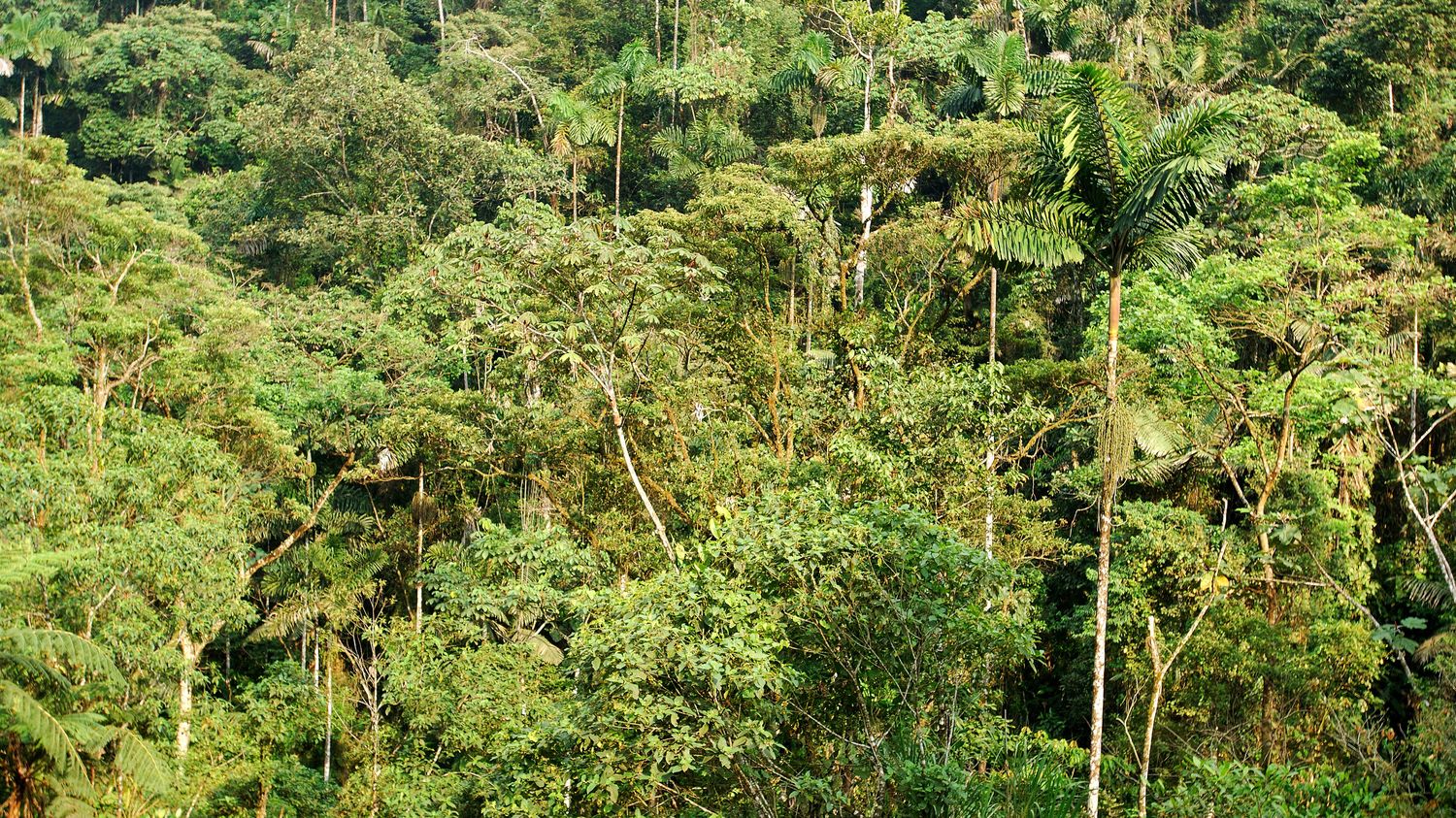A vast urban network was unearthed in the Amazon rainforest, in what is now Ecuador. At the origin of this discovery, nine scientists, including archaeologist Stéphane Rostain.
Published
Reading time: 3 min

A discovery that bears witness to a vanished world. An international study published in the American journal ScienceThursday January 11, reveals the existence of “largest urban network of erected and dug elements known in the Amazon”.
The traces of human presence in a valley of the largest tropical forest in the world are now indisputable. Franceinfo summarizes what we know about this exploration, which erases the myth of a virgin forest.
Excavations started more than twenty years ago
No coincidence behind this discovery. Nine specialists signed the article published Thursday. Their research was led by French scientist Stéphane Rostain, who has been working on the subject for more than twenty years. “When I started to be interested in the Amazon, people tried to get me to change course for more serious regions, like Guatemala, Mexico… But I’m Breton. I’m stubborn. I continued”relates this pioneer of Amazonian archeology with the journal The Parisian. He has been orchestrating the excavations carried out in the jungle of the Upano valley, in Ecuador, for two decades.
Beyond patience, cutting-edge investigative technologies played a key role in this discovery : in 2015, analysis by a sensor called Lidar revealed the presence of 6 000 mounds over an area of 300 square kilometers. This airborne laser allows you to see through the forest and precisely detect the relief of the ground.

A main street crossing an urban area was thus brought to light in the images, creating excitement among Stéphane Rostain : “My arms fell. Every time I look at these images, I am stunned“, he enthuses in the columns of World.
Sites inhabited by the Upano people for a millennium
Scientists have found that places of habitation appear mainly in groups of three to six units. However, in 2015, it is impossible to know how these places relate to each other. This is the real revolution of the article published Thursday : laser sensors have made it possible to establish a map showing that these sites are in fact integrated into a vast network of colonies and connecting roads.
The period during which they were inhabited is approximate : between 500 BC and 300 to 600 A.D. It is the Upano people, whose population is estimated at around ten thousand inhabitants, who occupied this vast urban network. A co-author of the study, Antoine Dorison, even mentions the figure of 15,000 or 30,000 inhabitants at the height of this civilization. A density comparable to the estimated population of London in Roman times, of which this culture was contemporary, writes BFMTV.
A life built around agriculture
Between inhabited areas, researchers have identified several cultural spaces. These take the form of plots connected to drainage canals, potentially to unclog the soil. This configuration leads scientists to say that the Upano people demonstrated significant agricultural expertise. Starch residues found on unearthed ceramics were analyzed : the result highlighted the consumption of corn, beans, cassava and sweet potatoes.
José Iriarte, archaeologist at the University of Exeter (United Kingdom), also draws attention to their artisanal know-how, in an article in the magazine Tech and Science Post : “The Incas and Mayans built with stone, but the people of the Amazon generally did not have stone available to build with – they built with mud. This still represents an immense amount of work.” However, several mysteries still remain to be unraveled, notably the reason for the disappearance of this civilization during the 6th century.
